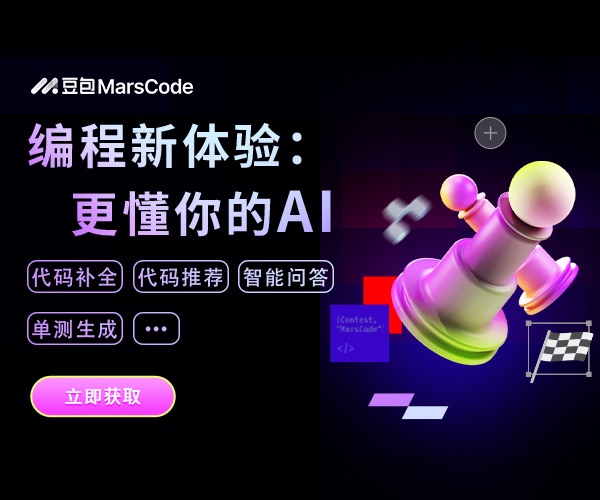消费者服务消费延时分析
-
消费者服务背景
网络订单中有很多业务使用了mq,主要是为了流量高峰期业务的异步、削峰处理,提高业务的吞吐量。

-
消息生产消费处理机制

consumer server包含每个业务线的消息监听者。定时任务每隔1min扫描一次。 -
线上问题产具体体现
本次线上生产问题http://wk.mweer.com/pages/viewpage.action?pageId=9332230
具体体现
订单号 1081801250请求回调接口
秒付服务接收到数据打印日志信息,写入消息队列
消息写入队列--消息消费中间差了2分多钟。
-
生产问题原因分析
结论:消费者服务中由于integer 传null 给int导致代码问题导致消息无限重投,导致消费者线程增多并且都堆积到阻塞队列LinkBlockQueue中,当任务的执行速度小于任务的创建速度,则会出现延时的情况。
过程:
1、消费者在spring中的配置<bean id="threadPoolTaskExecutor" class="org.springframework.scheduling.concurrent.ThreadPoolTaskExecutor"> <property name="corePoolSize" value="50"/> <property name="maxPoolSize" value="300"/> <property name="queueCapacity" value="1000"/> <property name="threadNamePrefix" value="mf-listener-"/> <property name="allowCoreThreadTimeOut" value="true"></property> </bean> <bean id="takeawayReceiverListener" class="cn.mwee.order.listener.order.TakeawayReceiverListener"></bean> <bean class="org.springframework.jms.listener.SimpleMessageListenerContainer"> <property name="connectionFactory" ref="jmsFactory"/> <property name="messageListener" ref="takeawayReceiverListener"/> <property name="concurrentConsumers" value="15"/> <property name="destinationName" value="QUEUE.TAKEAWAY.TO.APPORDER"/> <property name="taskExecutor" ref="threadPoolTaskExecutor"/> </bean>所有的消费者使用的是threadPoolTaskExecutor线程池,
Set the Spring TaskExecutor to use for executing the listener once
* a message has been received by the provider.@Override protected ExecutorService initializeExecutor( ThreadFactory threadFactory, RejectedExecutionHandler rejectedExecutionHandler) { BlockingQueue<Runnable> queue = createQueue(this.queueCapacity); ThreadPoolExecutor executor; if (this.taskDecorator != null) { executor = new ThreadPoolExecutor( this.corePoolSize, this.maxPoolSize, this.keepAliveSeconds, TimeUnit.SECONDS, queue, threadFactory, rejectedExecutionHandler) { @Override public void execute(Runnable command) { super.execute(taskDecorator.decorate(command)); } }; } else { executor = new ThreadPoolExecutor( this.corePoolSize, this.maxPoolSize, this.keepAliveSeconds, TimeUnit.SECONDS, queue, threadFactory, rejectedExecutionHandler); } if (this.allowCoreThreadTimeOut) { executor.allowCoreThreadTimeOut(true); } this.threadPoolExecutor = executor; return executor; } /** * Create the BlockingQueue to use for the ThreadPoolExecutor. * <p>A LinkedBlockingQueue instance will be created for a positive * capacity value; a SynchronousQueue else. * @param queueCapacity the specified queue capacity * @return the BlockingQueue instance * @see java.util.concurrent.LinkedBlockingQueue * @see java.util.concurrent.SynchronousQueue */ protected BlockingQueue<Runnable> createQueue(int queueCapacity) { if (queueCapacity > 0) { return new LinkedBlockingQueue<Runnable>(queueCapacity); } else { return new SynchronousQueue<Runnable>(); } }下面是ThreadPoolExecutor最核心的构造方法
构造方法参数讲解参数名 作用 corePoolSize 核心线程池大小 maximumPoolSize 最大线程池大小 keepAliveTime 线程池中超过corePoolSize数目的空闲线程最大存活时间;可以allowCoreThreadTimeOut(true)使得核心线程有效时间 TimeUnit keepAliveTime时间单位 workQueue 阻塞任务队列 threadFactory 新建线程工厂 RejectedExecutionHandler 当提交任务数超过maxmumPoolSize+workQueue之和时,任务会交给RejectedExecutionHandler来处理 
1.当线程池中超过corePoolSize线程,空闲时间达到keepAliveTime时,关闭空闲线程
2.当设置allowCoreThreadTimeOut(true)时,线程池中corePoolSize线程空闲时间达到keepAliveTime也将关闭结合代码以及grafana分析:

由于消息消费机制遇到异常会10秒重投,18号业务高峰期,从12:25-12:40开始消费者服务器的线程数从732上升到822新增了90个线程,期间就有客户反馈清台延时,而我们的消费者是共用一个线程池,核心线程为50,最大300,当线程数大于50,并且阻塞队列未满,以后会把新的消费者线程入队列等待,当任务的创建速度和处理速度差异很大,LinkedBlockingQueue会快速增涨,消费者执行也会有相应的延时。
-
优化方案
增加告警平台,针对消费者异常log的告警监控。
异常消息重投机制需要优化。
-
总结
Java中integer,int转换需要注意null类型。
消息重投需要考虑异常重试机制。
使用线程池的地方,当服务出现异常时,重点关注线程数量变化。

